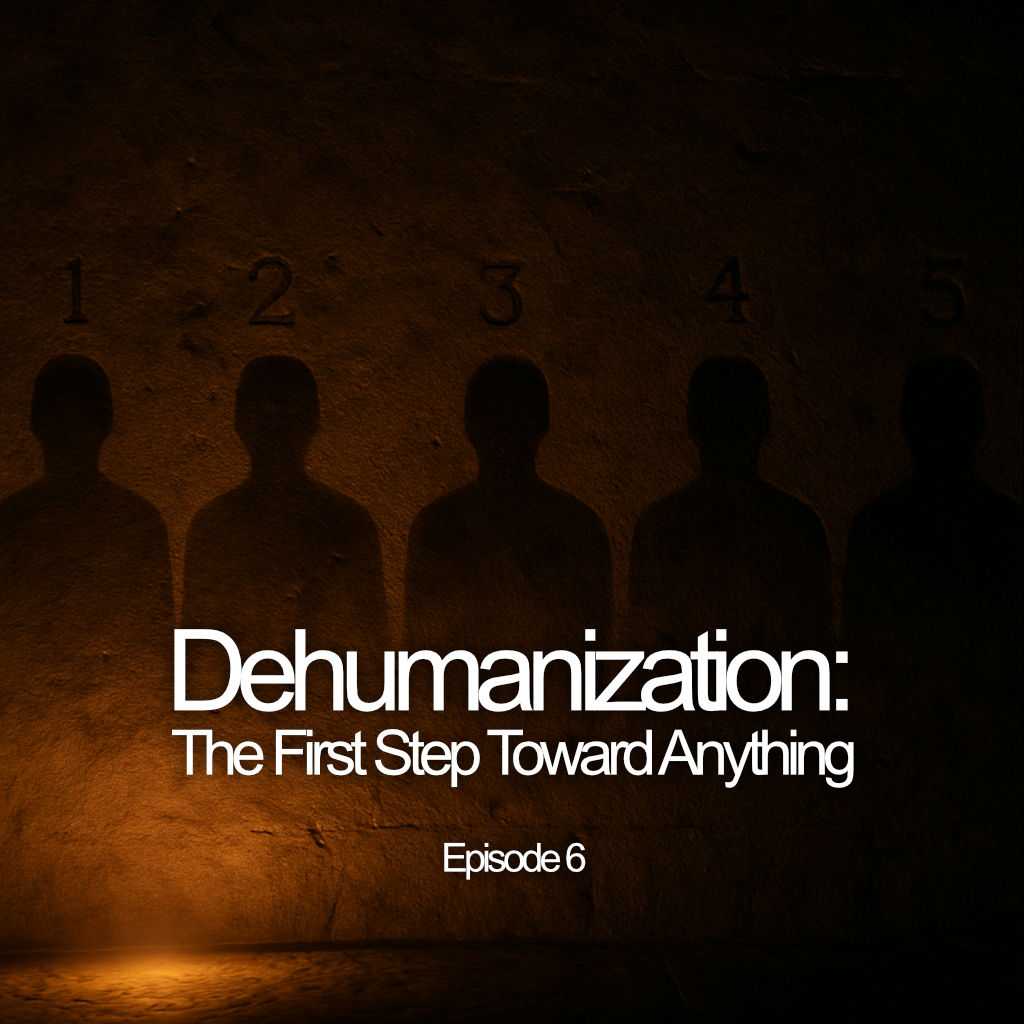We like to think of perception as truth.
But more often, it’s a mirror, warped by light, memory, and bias.
Bias isn’t just about what we believe about others. It’s also about what we believe about ourselves, and how those beliefs are shaped by culture, language, repetition, and silence. The mirror we hold up to ourselves, and to the world, is rarely neutral. It reflects, but it also distorts.
And unless we examine it closely, we’ll never know which parts are our own.
Bias Begins Before Belief
Unconscious bias is not a character flaw. It’s a survival mechanism. Our brains are wired to make fast decisions based on past experience, pattern recognition, and emotional memory. The problem isn’t that bias exists. The problem is when it goes unexamined, especially in environments where those patterns cause harm.
Whether we’re hiring someone, evaluating a student, interpreting a facial expression, or looking in the mirror; it’s happening. Quietly. Automatically. Repeatedly.
We assume we’re neutral.
But neutrality itself is often a product of privilege.
The Internal Mirror: Bias Toward the Self
Unconscious bias also shows up in how we view our own abilities, potential, and limitations. This can lead to:
Imposter syndrome, especially among women, minorities, and first-generation professionals.
Overconfidence, where we dismiss the value of other perspectives.
Stereotype threat, where people perform worse simply because they fear confirming a negative stereotype.
These inner biases can shape our decisions just as powerfully as external prejudice.
Social Mirrors: How Others Shape What We See
Every time someone sees us differently, too loud, too quiet, too emotional, too cold, we get feedback. And over time, we internalize that feedback until it becomes a story. One we didn’t write, but one we might still be living.
In our Unconscious Bias course, we explore how subtle cues, from classroom dynamics to Zoom meetings, reinforce narratives about who belongs, who leads, and who doesn’t.
These stories often go unquestioned not because they’re true, but because they’re familiar.
From Distortion to Clarity
The goal isn’t to eliminate bias. That’s impossible.
The goal is to notice it.
To name it.
To make it visible so it no longer defines the entire frame.
Some strategies we teach:
Counter-stereotypical exposure: Actively seeking stories and images that challenge your assumptions.
Slow thinking: Building systems that pause decision-making just long enough to invite reflection.
Accountability loops: Encouraging environments where naming bias is normalized; not punished.
You Can’t Smash a Mirror. But You Can Clean It.
Bias is part of being human. But so is growth.
If we want to lead, teach, parent, or create with integrity, we need to look at our own reflection, closely, honestly, repeatedly. Not to find flaws, but to see more clearly.
Because sometimes, the distortion isn’t in the world.
It’s in the mirror.



